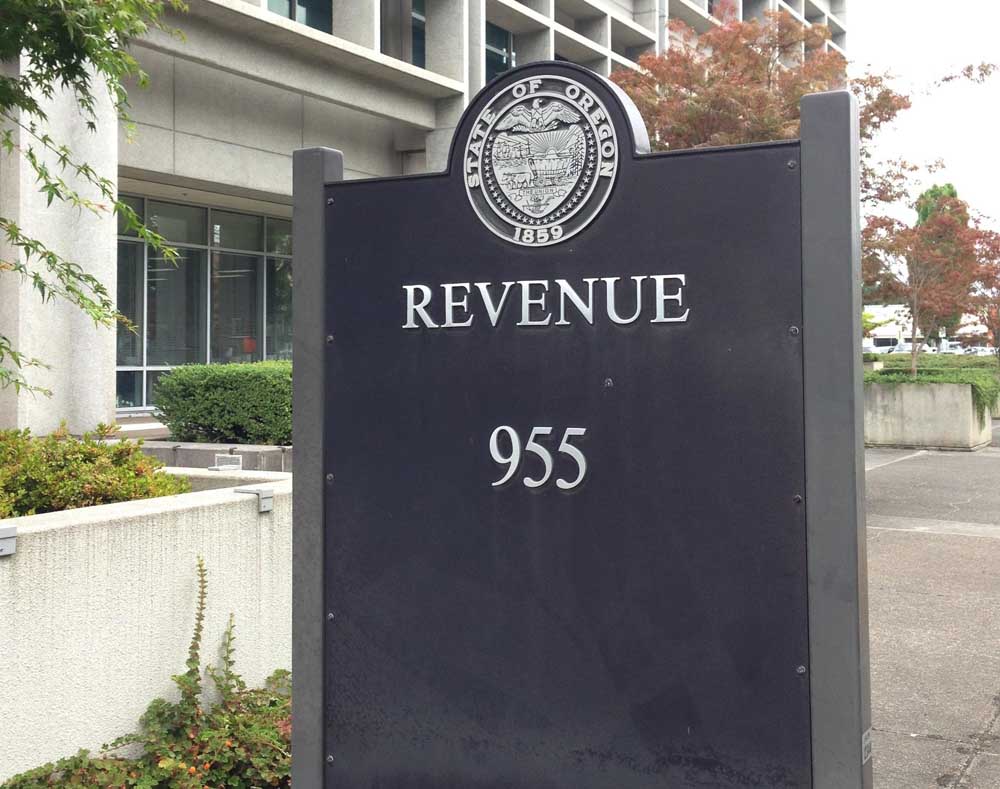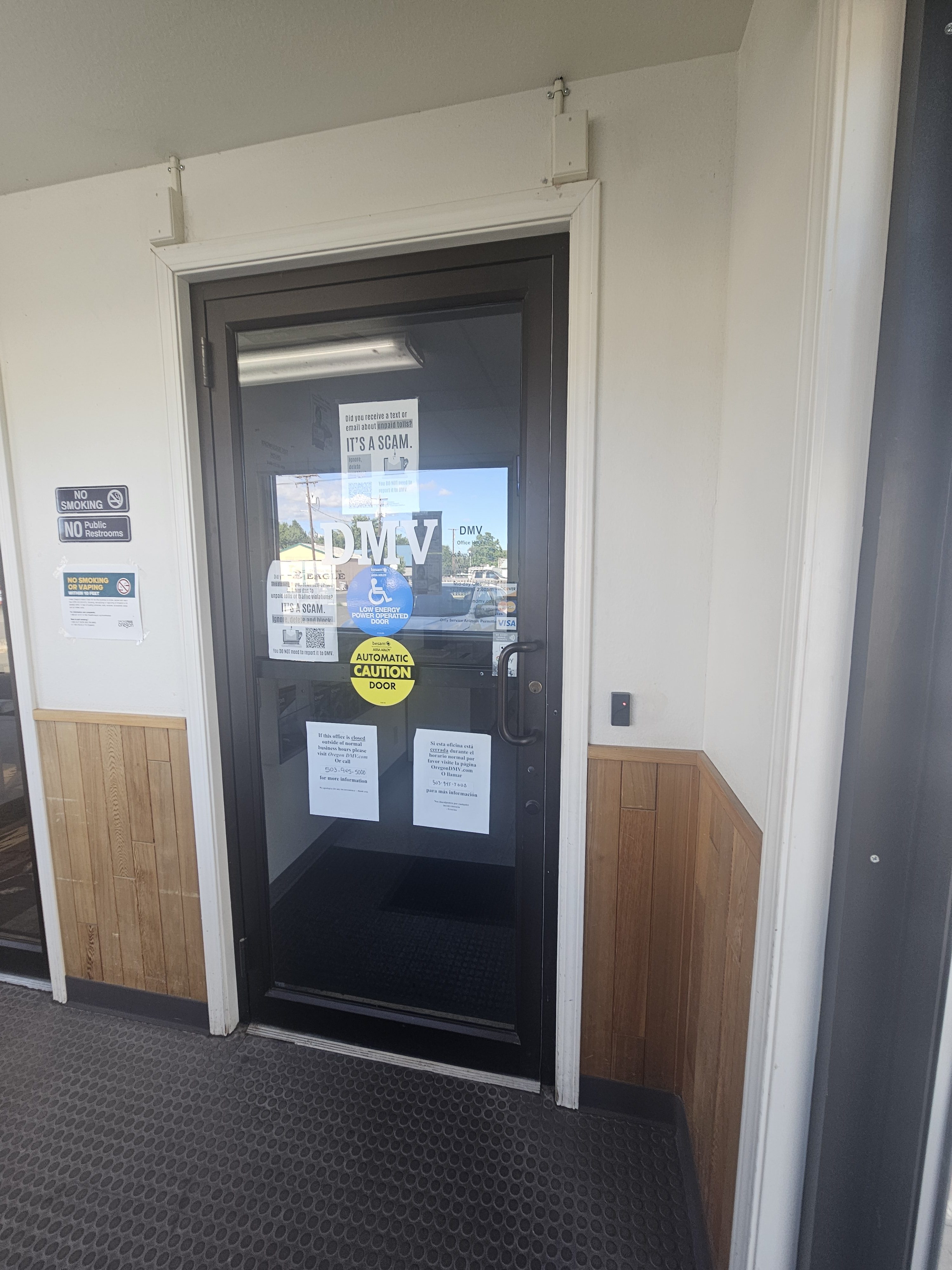No headline.
Published 12:21 pm Wednesday, August 3, 2016

- Opponents of a proposed corporate gross receipts tax say proposed language used to describe it in the voters' pamphlet is inaccurate and misleading.
SALEM — Opponents of a corporate sales tax measure on the November ballot have asked election officials to remove draft language from the voters’ pamphlet that says the revenue would be spent on education, health care and senior services.
Trending
Rep. John Davis, R-Wilsonville, was one of at least three people who made similar requests to the Financial Estimate Committee on Initiative Petition 28 as part of public comments on the proposed language. The initiative, backed by the nonprofit Our Oregon, is on track to be called Measure 97 on the ballot.
The measure levies a 2.5 percent tax on certain corporations’ Oregon sales exceeding $25 million and would generate an estimated $3 billion a year in new revenue, according to the Legislative Revenue Office.
The proposed financial impact statement that would appear in the voters’ guide says “the increased revenue will require increased expenditures by the state in the areas of public early childhood and kindergarten through grade 12 education, health care, and senior services.”
Trending
That comports with the measure’s text, stating that revenue from the tax “shall be used to provide additional funding for public early childhood and kindergarten through 12th grade education, health care and services for senior citizens.”
But Davis and others say that statement conflicts with reality.
Davis based his request on an opinion Monday from the nonpartisan Legislative Counsel’s Office that concludes the measure effectively places no restrictions on lawmakers from spending the revenue on other things.
The Legislature “may appropriate revenues generated by the measure in any way it chooses,” the opinion stated.
Davis wrote in an email that based on the opinion, the draft language is “both factually incorrect and also misleading to the public.”
In all likelihood, most, if not all of the money, would be used for the intended purposes, said Rep. Peter Buckley, D-Ashland, one of the Legislature’s chief budget writers. Education is the state’s largest budget line, and the costs of health care programs are anticipated to climb next year, Buckley said.
“If lawmakers want to spend the money elsewhere, they would have to change the law,” said Katherine Driessen, an Our Oregon spokeswoman. “Speculation about whether they will or they won’t is just that. Given the dire funding crisis our critical services are facing, we expect they will be hard-pressed to change the law to spend the money on anything other than our schools, healthcare, and senior services.”
At least two others have echoed Davis’s request for a change to the language in the voters’ pamphlet: Gregory Chaimov, a former legislative counsel and attorney for the opposition campaign Defeat the Tax on Oregon Sales, and John Tapogna of ECONorthwest.
The draft language “would lead a voter to believe that Measure 97 revenue would be earmarked exclusively for pre-K-12, health care and senior services, and that the revenue would supplement, and would not supplant, current spending on those services. For legal and technical reasons, that’s unlikely to be the case,” Tapaogna wrote.
Melissa Unger, political director for SEIU Local 503, said the voters’ pamphlet should reflect how the measure requires the revenue to be used.
“Clearly stating that the measure requires funds to these four specific areas is a key component to the measure and should be included and clearly stated,” Unger wrote.
Two committees responsible for writing the financial impact statement and explanatory statement in the voters’ pamphlet are scheduled to meet Friday and Monday to consider the public comments and whether to make changes.
“Section 3 of the measure very clearly spells out where the money will go, and that’s early education, k-12 education, senior services, and healthcare,” Driessen said. “We expect the committee will agree with us on that because that would clearly be the law once Measure 97 passes.”









